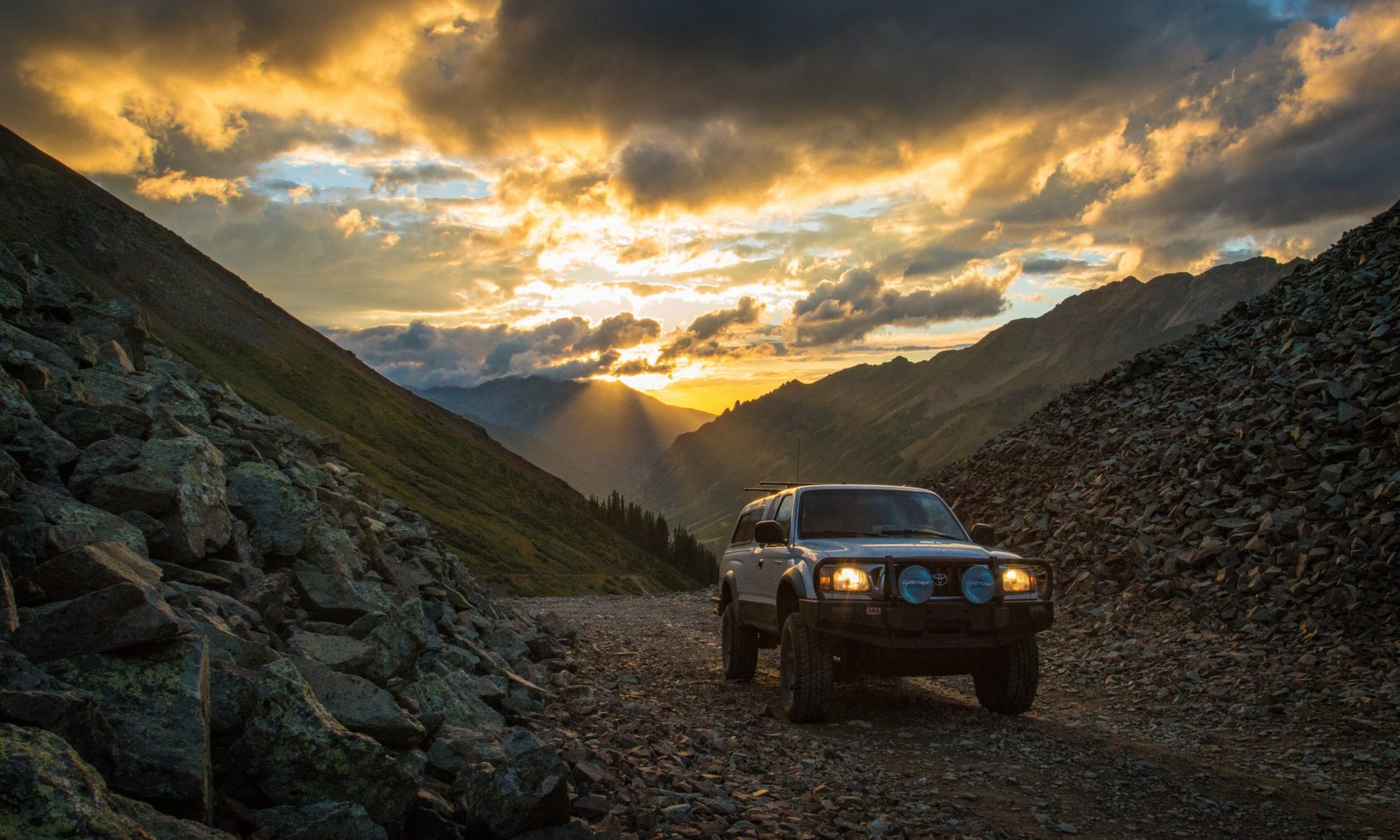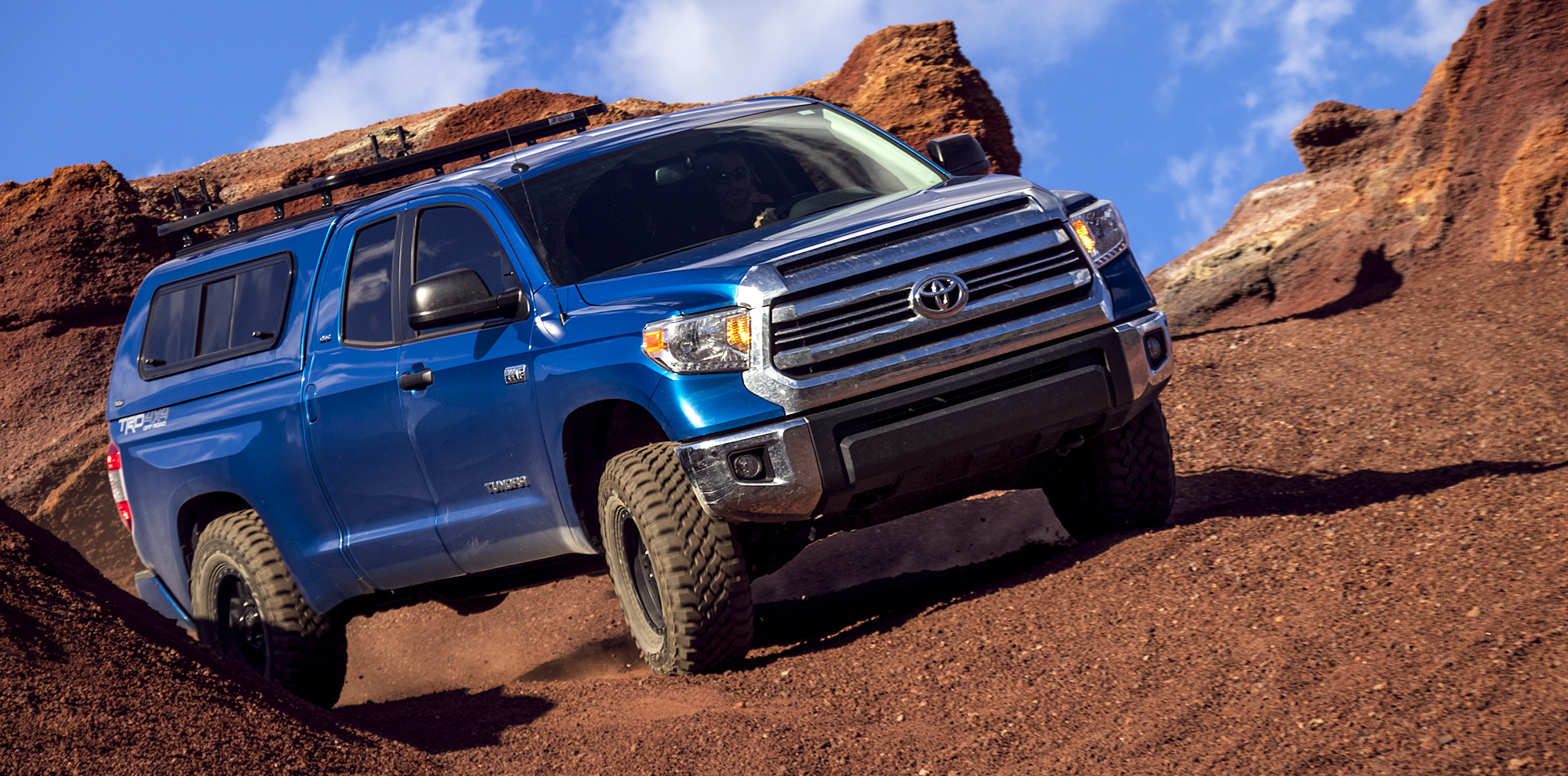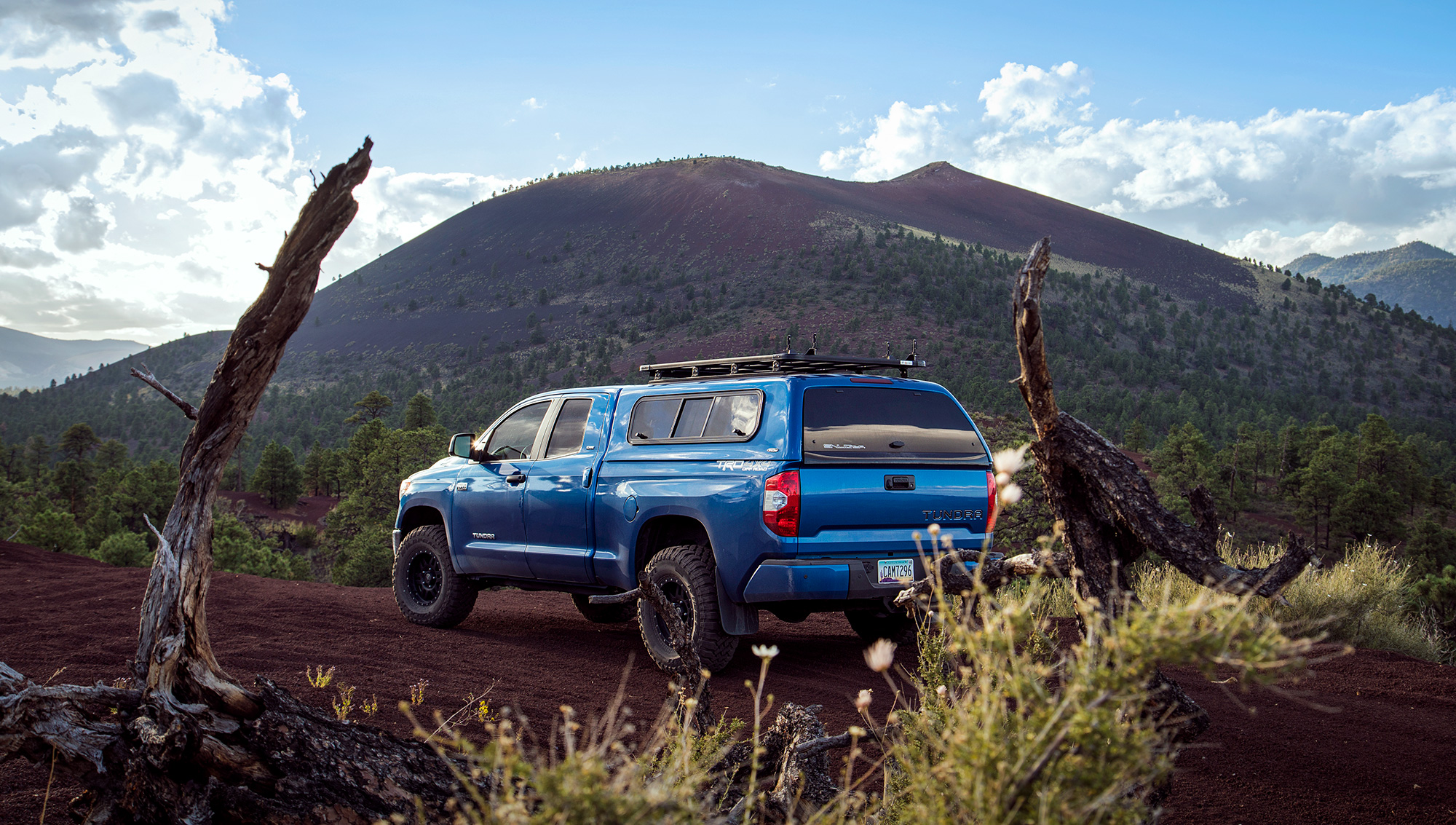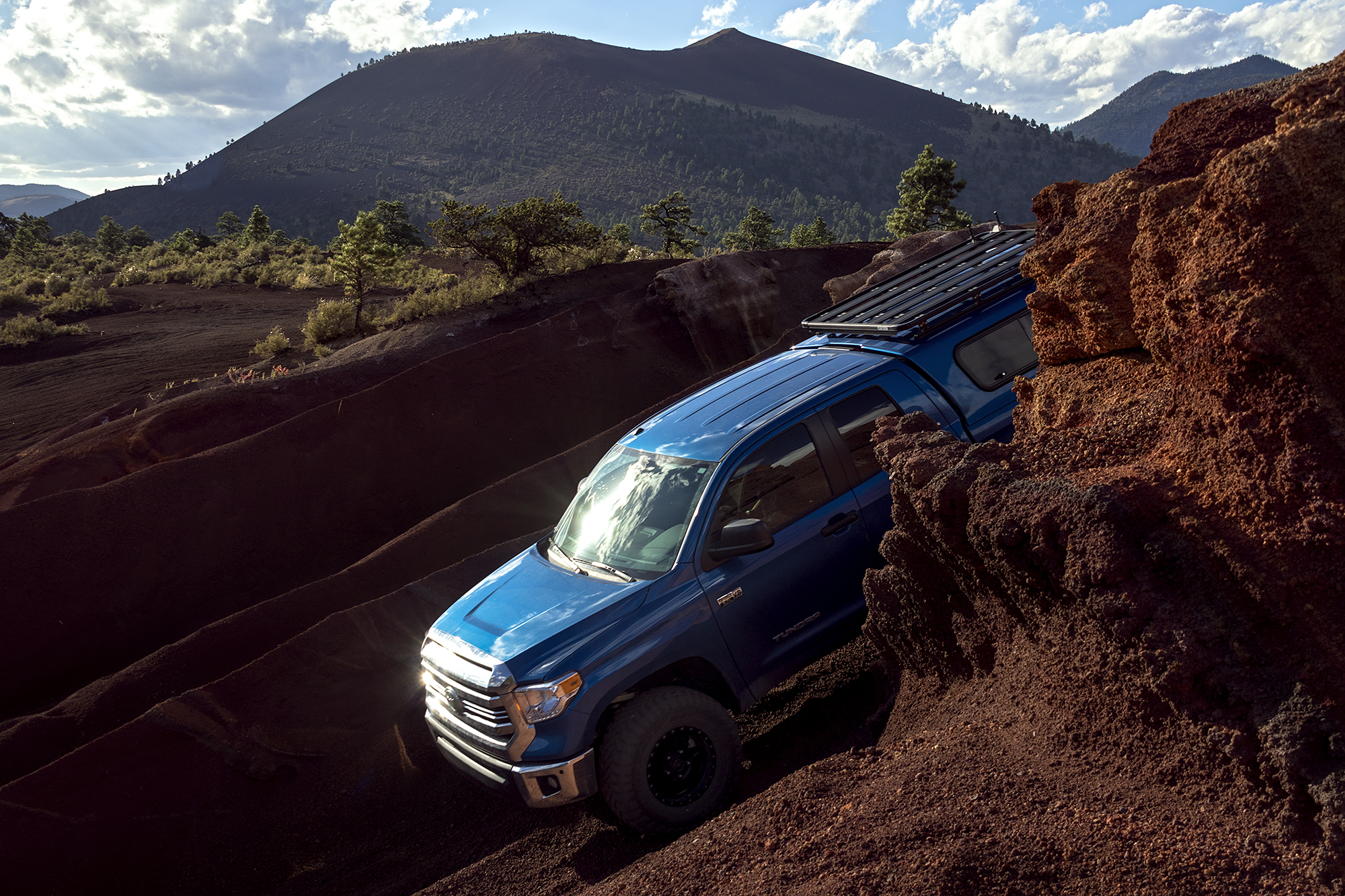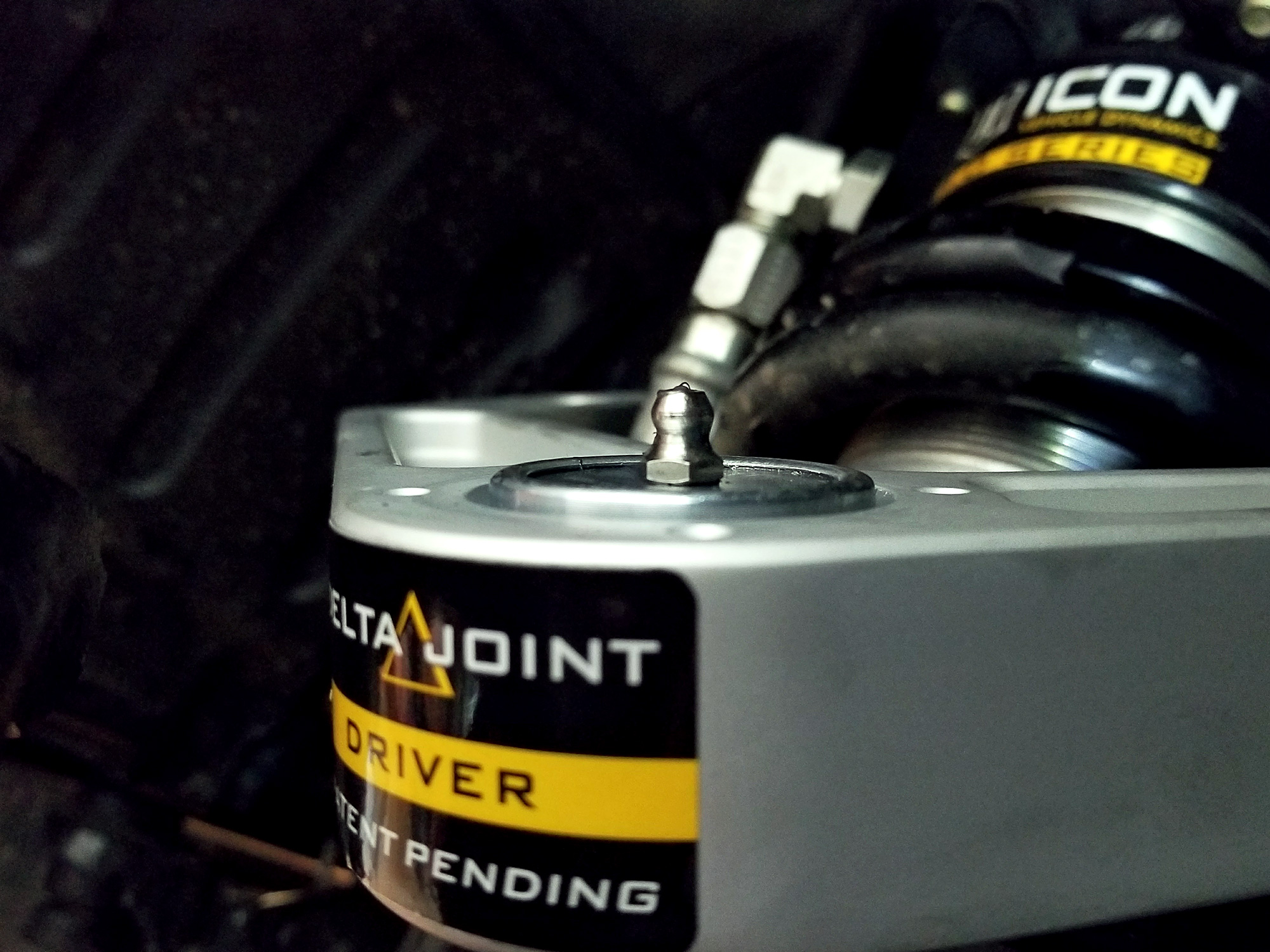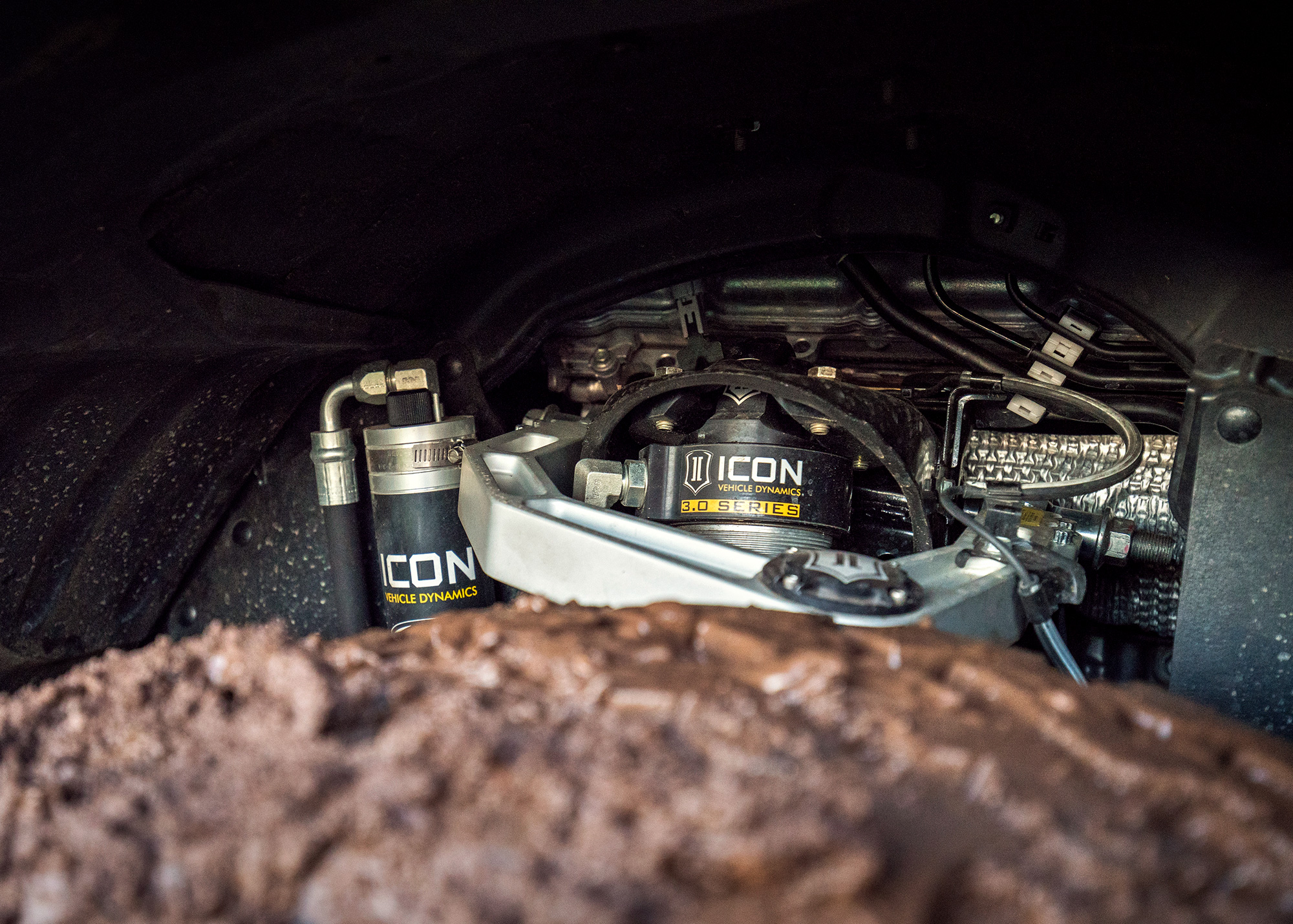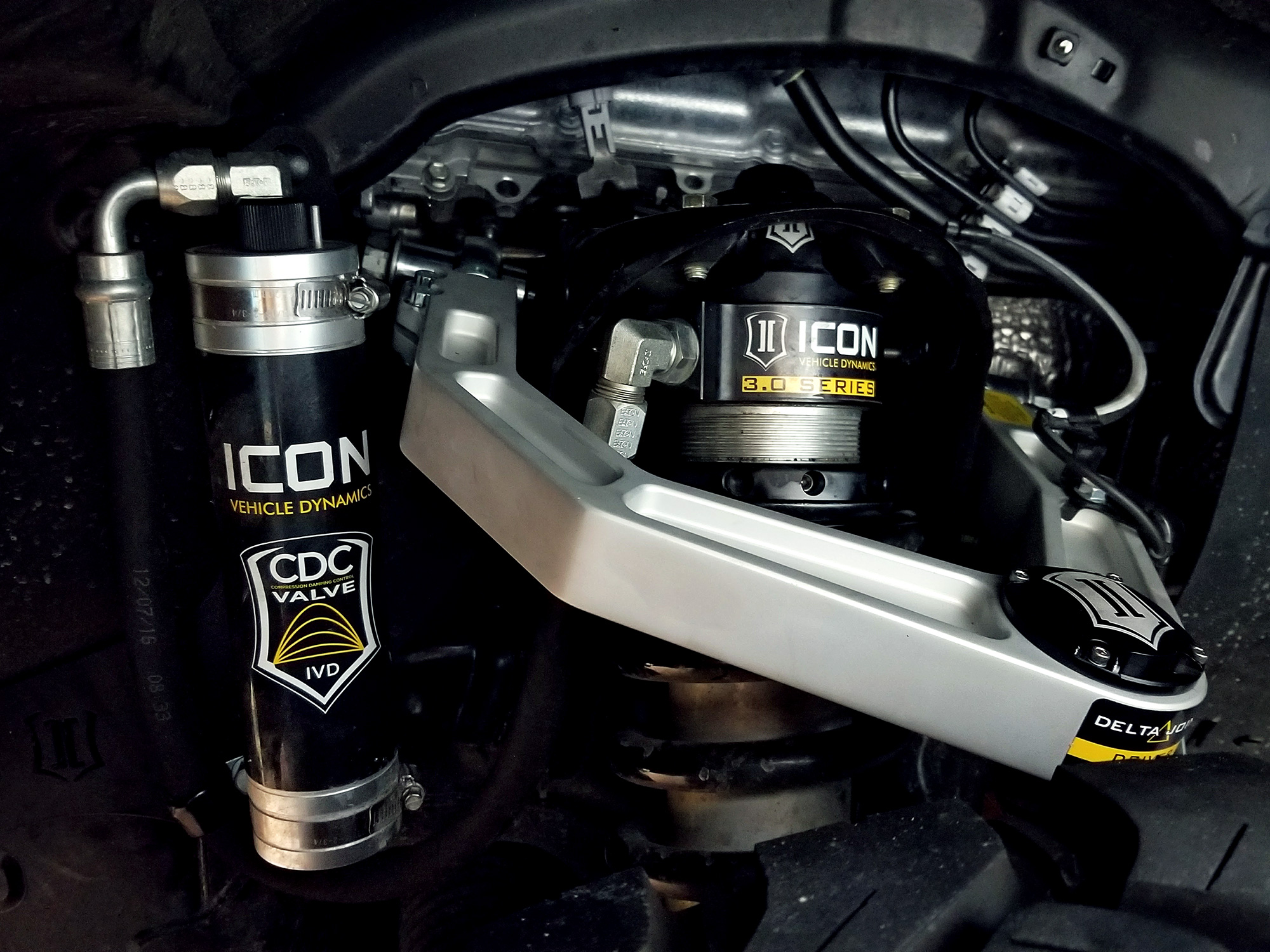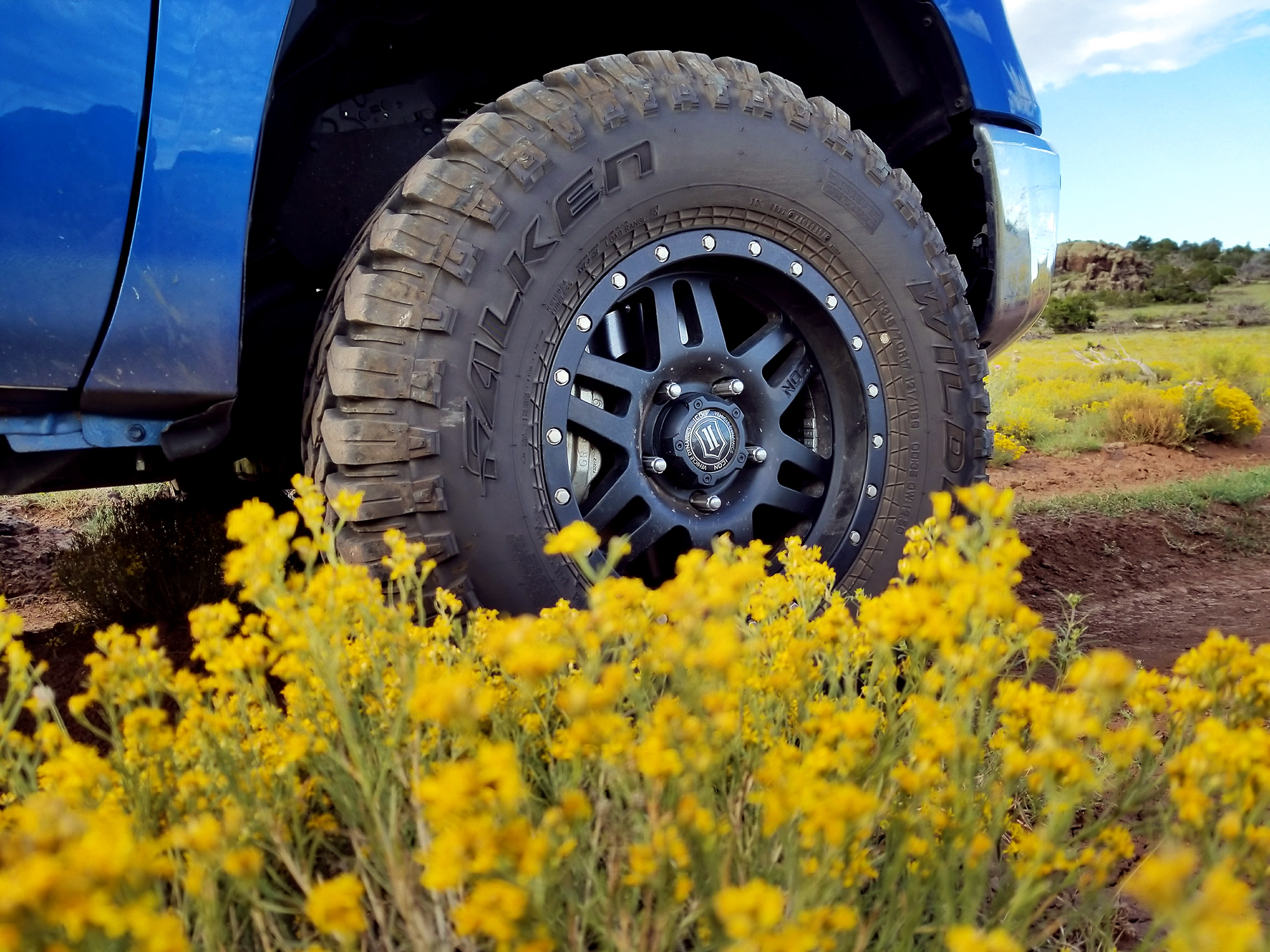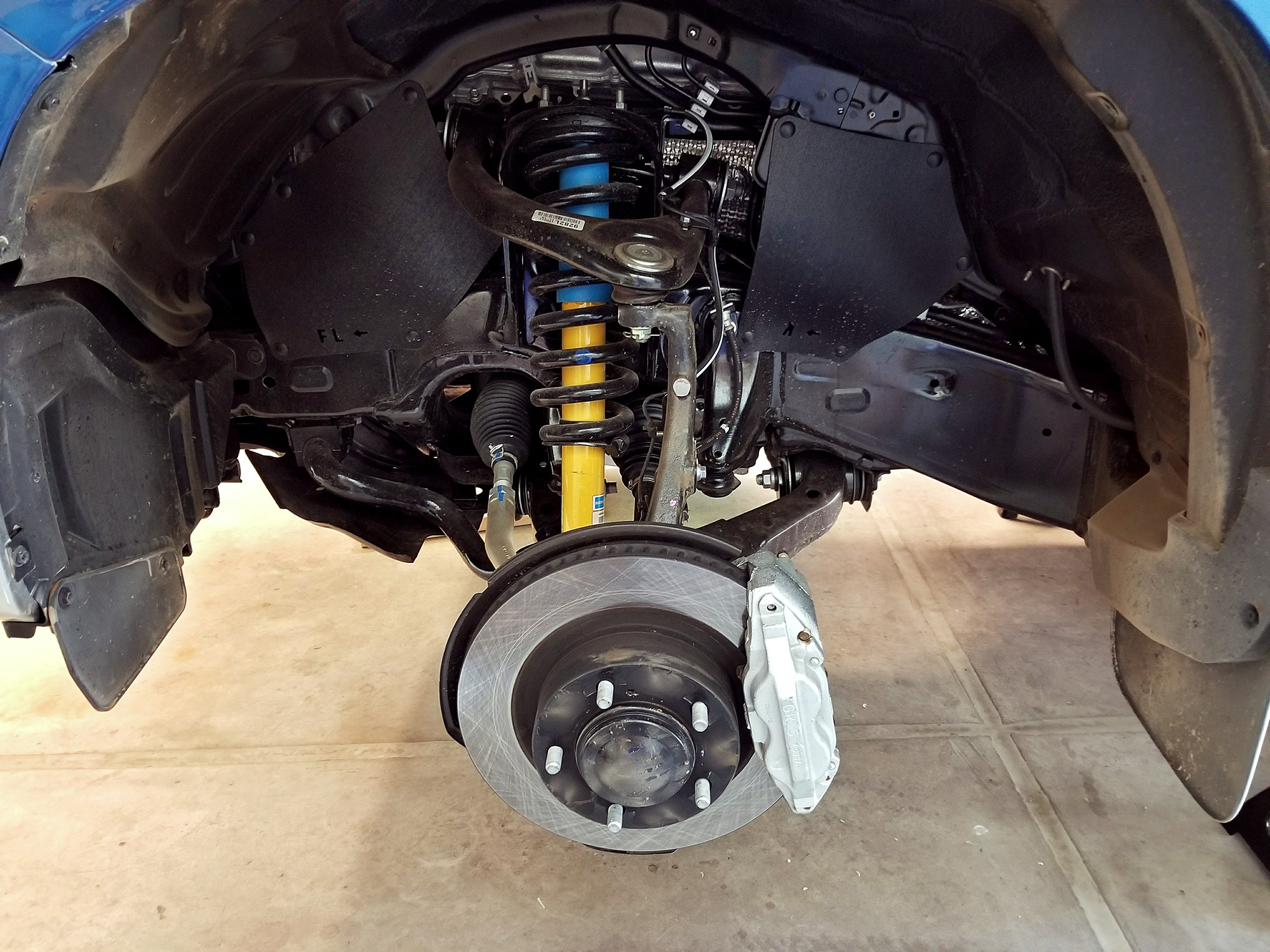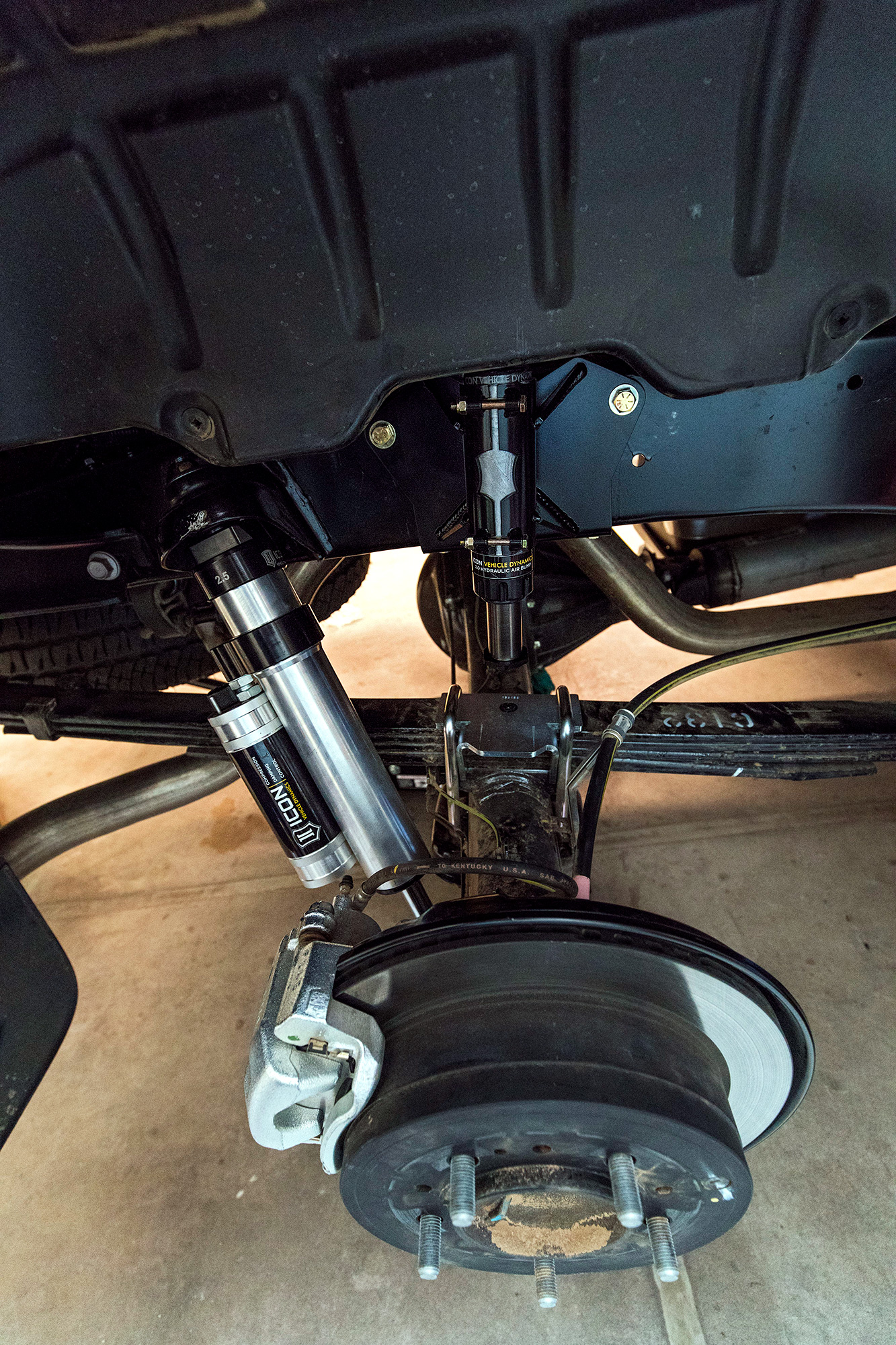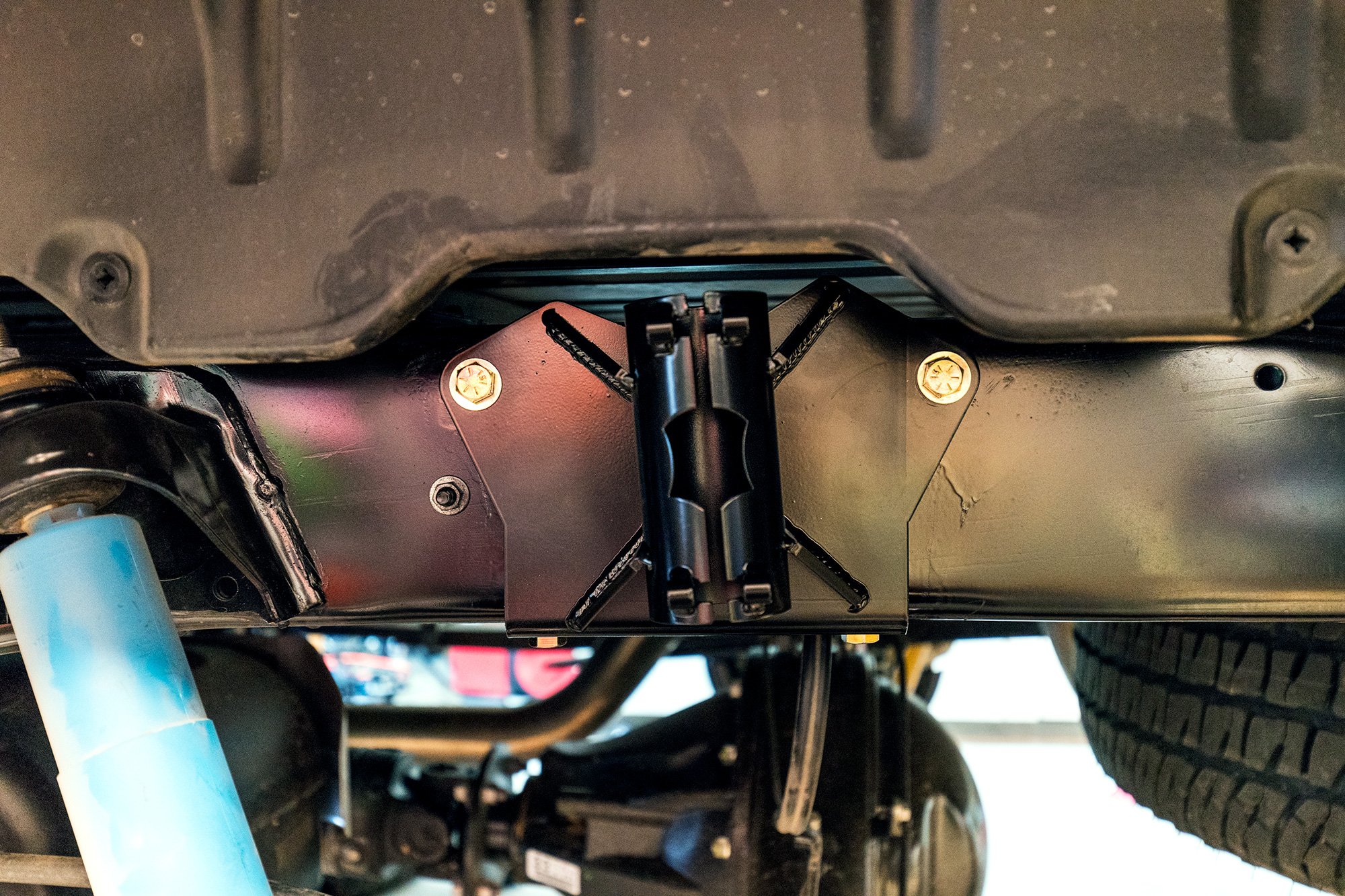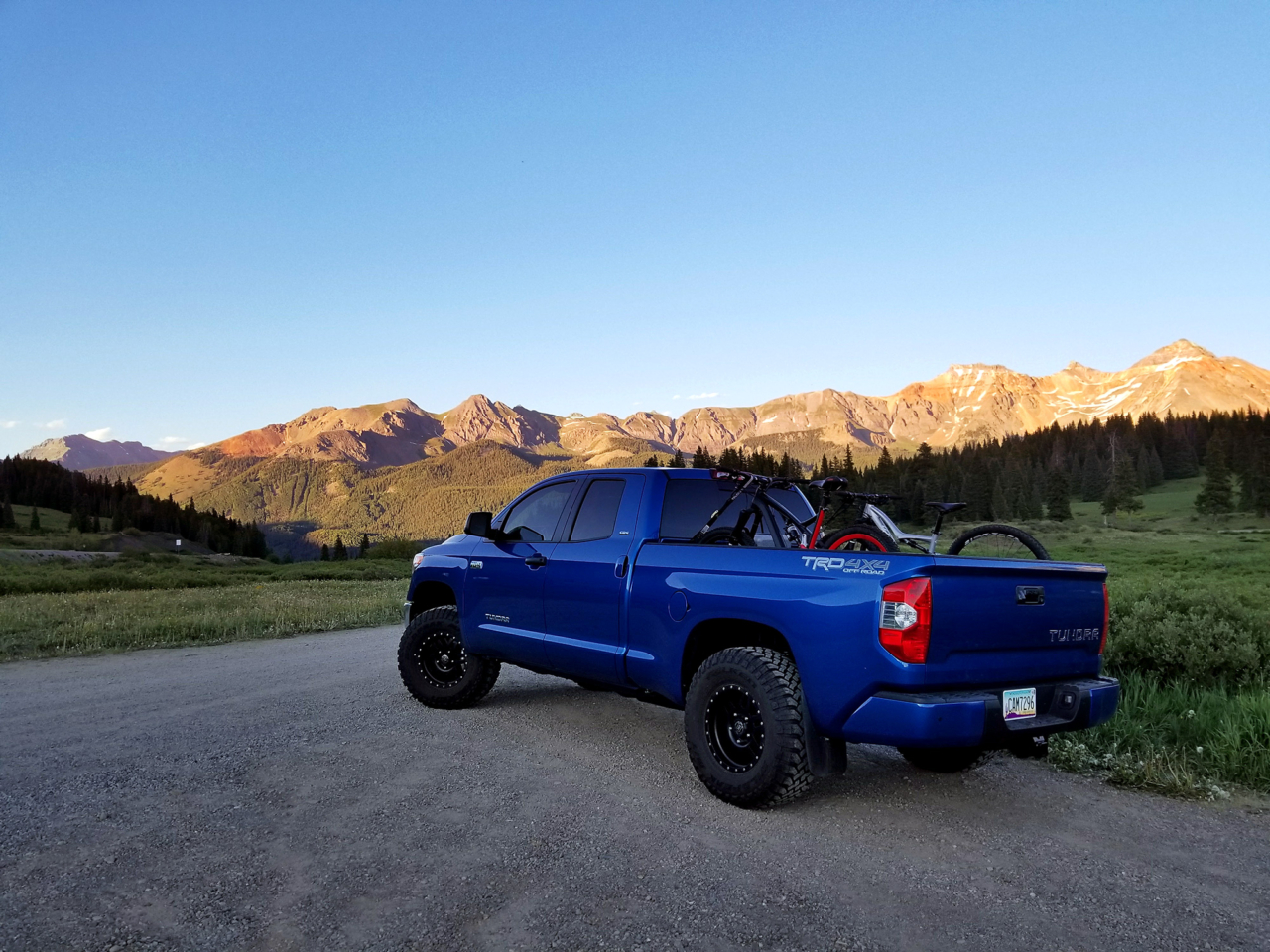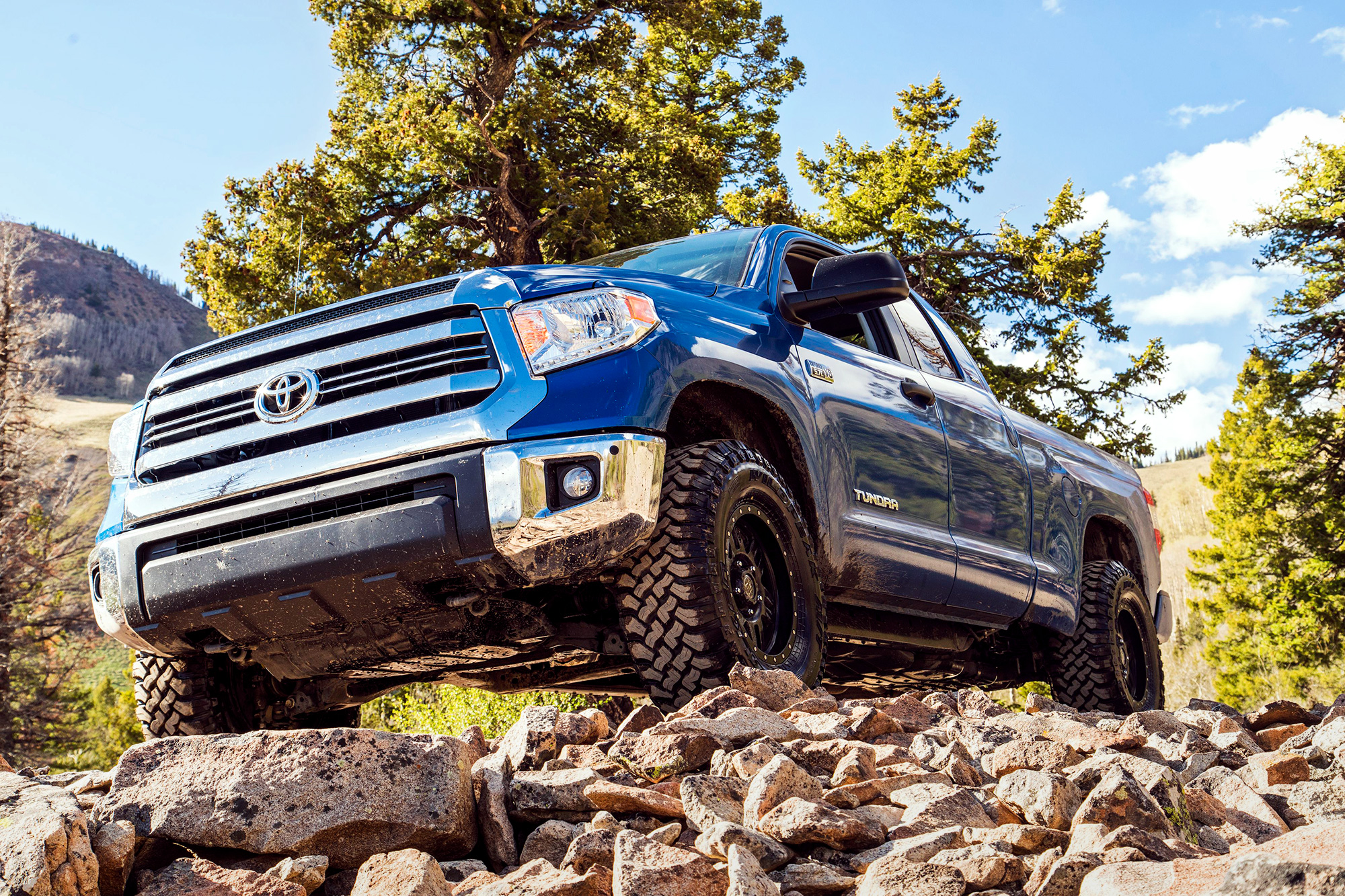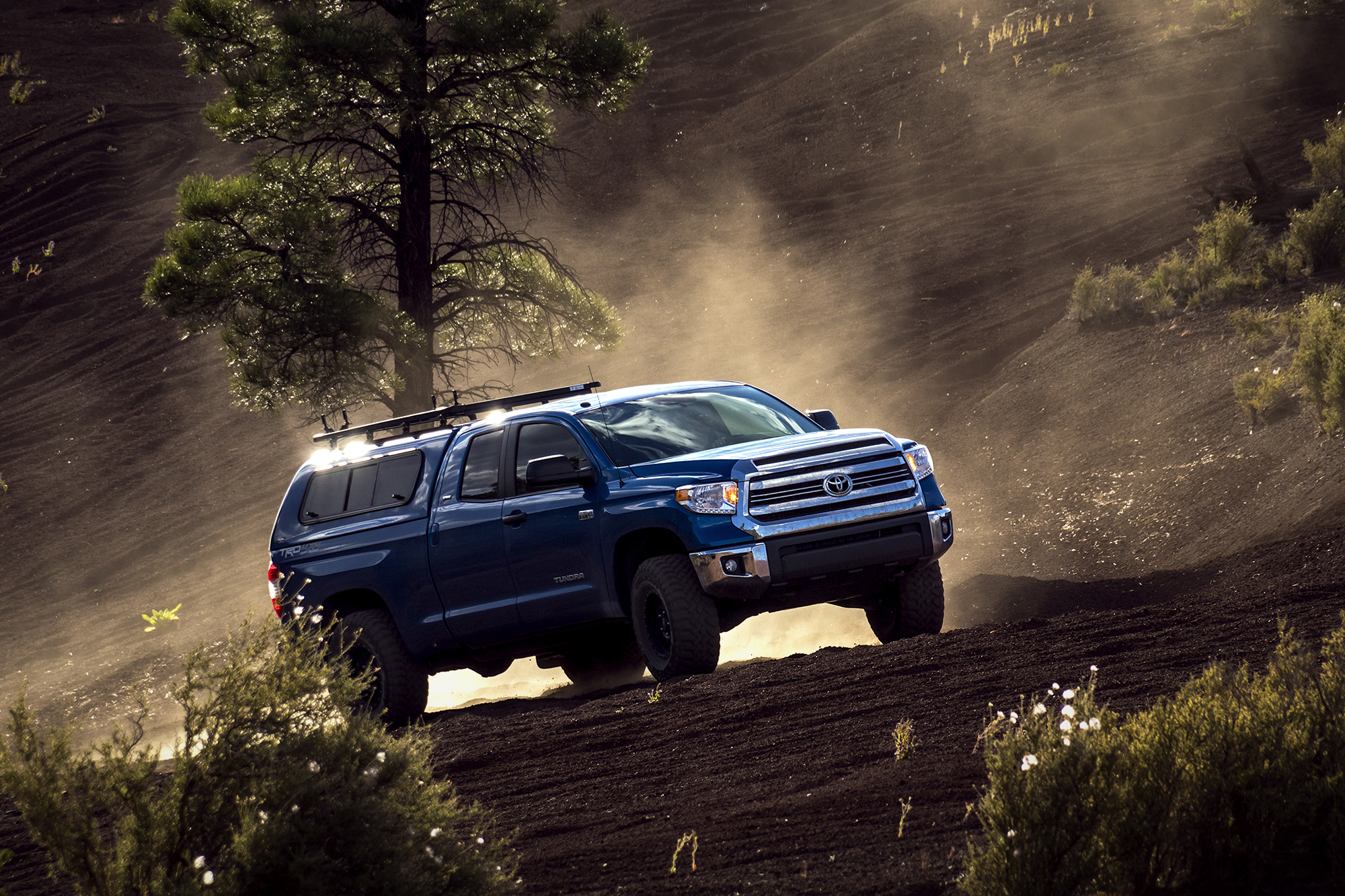As the Overland enthusiast ranks have grown over the last decade, the number of facepalm worthy incidents on public lands, and on social media, is at an all time high.
In recent years, Death Valley in particular has seen a rash of theft and vandalism. Evidently, some people think it’s cool to drive illegally on the salt pan at Badwater Basin and the Racetrack Playa, or to steal fossilized footprints left by prehistoric animals as well as Native American artifacts. Some have even taken to tagging graffiti on rocks. Real cool bro. Real cool.
I’ve led several groups throughout the furthest reaches of Death Valley, and it boggles the mind that anyone would defile such a magical place.

The latest insult came in late October 2017 when unknown vandals scratched graffiti into the mud bottom of Ubehebe Crater in Death Valley National Park, an area considered sacred to the native Timbisha Shoshone people. And if you’ve been there, you know it’s a bit of a hike down into the crater (and back) where you are in full view of anyone else visiting. This area took more than just a few minutes to despoil, and yet it happened right in plain sight of anyone above who may have been at the viewing area.

To erase this man-made blight on the landscape, the National Park Service had to lay over 600 feet of hose down into the crater so that water could be sprayed over the dried mud floor. The graffiti disappeared and the natural color and patterns of the crater returned once the water dried up. This method was used instead of raking, which would have been faster, but would have further disturbed the area and encouraged invasion by nonnative weeds. All this because of a few misguided individuals.

And that’s just ONE Park. There are others, with similar misdeeds regularly plaguing the Bureau of Land Management and the US Forest Service. And us.
But we have to wonder, is it because people are really that bad and really don’t care? Or is it because they don’t know any better? I’d like to think that it’s because they don’t know any better.
The future of Overlanding aka off-road recreation is in doubt if we allow ourselves to lose access to public lands by not policing and educating our own.
Entities like the Bureau of Land Management, the US Forest Service and the National Park Service have limited capacity to deal with bad actors in the backcountry. Sometimes it’s just easier to throw up a gate than deal with hordes of unruly people. And while we may disagree, what choice do they have when faced with mobs of jerks?
And while I’m sure that we can all agree that closure isn’t the answer, we all know that’s where this stuff leads. More people crowded into fewer and fewer areas.

Meanwhile, SEMA was full of Overland builds again this year.
More and more entities continue to jump on the Overland bandwagon. New Facebook groups, websites, events and blogs spring up daily. Amazingly, what was once a minor subset of the off-road culture is now mainstream. An army of hungry “Mainstream Overlanders” sprang up somewhere along the way, gobbling up anything with the word Overland in the title. This has been an awesome evolution to witness, but we’ve also witnessed this army of new folks attract some negative attention, and some predatory types.
But these Mainstream Overlanders aren’t a problem.
Like all of us they’re just having fun, enjoying the benefits of a free market while following their chosen passion that this fad captures so well. An “overlanding” fad that started out simply as camping or trail riding.
In the beginning, this budding Overland culture represented the good guys. They were all about Tread Lightly, responsible recreation and the thrill that came with exploring remote, forgotten destinations. It didn’t matter what they wore or what they drove, or if they even took any pictures once they got there. But now over a decade later, this now mainstream community is becoming a target, and a potential liability, as they spread out across the land in search of the perfect campsite or photo op.
It’s up to us to teach new people the right way of doing things, because Social Media can and will be used against you in a Court of Law.
Today there are innumerable bad role models on social media promoting unsafe, illegal, and unethical use of vehicles, equipment, and public lands. Completely resistant to any suggestions, corrections, or cautions either through arrogance or ignorance. There are innumerable examples of these destructive behaviors on YouTube or Instagram.
No doubt the BLM and USFS enforcement roles are made easier when these individuals and groups self-incriminate on social media. But if left unchallenged, their dramatization and monetization of this community of interest has potential negative impacts for everyone.

If we support or condone the aforementioned behaviors, we should expect even more locked gates to go up on public land.
As bad practices are glamorized and subsequently emulated, new or less experienced adventurers will eat this up; they will likely mirror this behavior off-highway. And why not… they saw “Overland Hucksters” do it on YouTube, so it must be right.
These exploitative attitudes and actions may not matter to some reading this. As for me, I want no part of it. American Adventurist will not look the other way, and neither should you. We refuse to tolerate any individuals or groups perpetuating unacceptable and unsafe practices.
The challenge for all of us today is to set a positive example for new people. And what it takes is Leadership by Example. Acta non verba.
The future of the community of interest depends on adherence to Tread Lightly ethos and a common respect for one another and the environment. It depends on welcoming new people into our hobby and making sure that they learn how to do things right. And it depends on all of us doing the right thing, even if that means being the guy or gal to speak up on the trail when no one else will and say “Hey! Pick up your trash dude!”

How can you help? Be a good steward of the land, know and follow the rules where you are, demand that your buddies do the same, and use the T.R.E.A.D. principles:
Travel Responsibly
on land by staying on designated roads, trails and area. Go over, not around, obstacles to avoid widening the trails. Cross streams only at designated fords. when possible, avoid wet, muddy trails. On water, stay on designated waterways and launch your watercraft in designated areas.
Respect the Rights of Others
including private property owners, all recreational trail users, campers and others so they can enjoy their recreational activities undisturbed. Leave gates as you found them. Yield right of way to those passing you or going uphill. On water, respect anglers, swimmers, skiers, boaters, divers and those on or near shore.
Educate Yourself
prior to your trip by obtaining travel maps and regulations from public agencies. Plan for your trip, take recreation skills classes and know how to operate your equipment safely.
Avoid Sensitive Areas
on land such as meadows, lake shores, wetlands and streams. Stay on designated routes. This protects wildlife habitats and sensitive soils from damage. Don’t disturb historical, archeological or paleontological sites. On water, avoid operating your watercraft in shallow waters or near shorelines at high speeds.
Do Your Part
by modeling appropriate behavior, leaving the area better than you found it, properly disposing of waste, minimizing the use of fire, avoiding the spread of invasive species and repairing degraded areas.
Let’s make sure that future generations get to visit all these places we love, not just view them from afar, barred by the fences and locked gates that went up on our watch. Because there’s another army clamoring for closure and pursuing litigation to forever lock out the freedom loving folk. They are well organized and well funded, their cause reinforced by every bad example shared on social media.
Please consider supporting reputable groups like C.O.R.V.A. or Tread Lightly! as they fight the good fight to educate and maintain access for ALL of us whether we choose to go by boots, wheels or paddles. We’re all in this together.
Land use and abuse photos from Google. Racetrack Playa photo by Jeffery Aiello.
